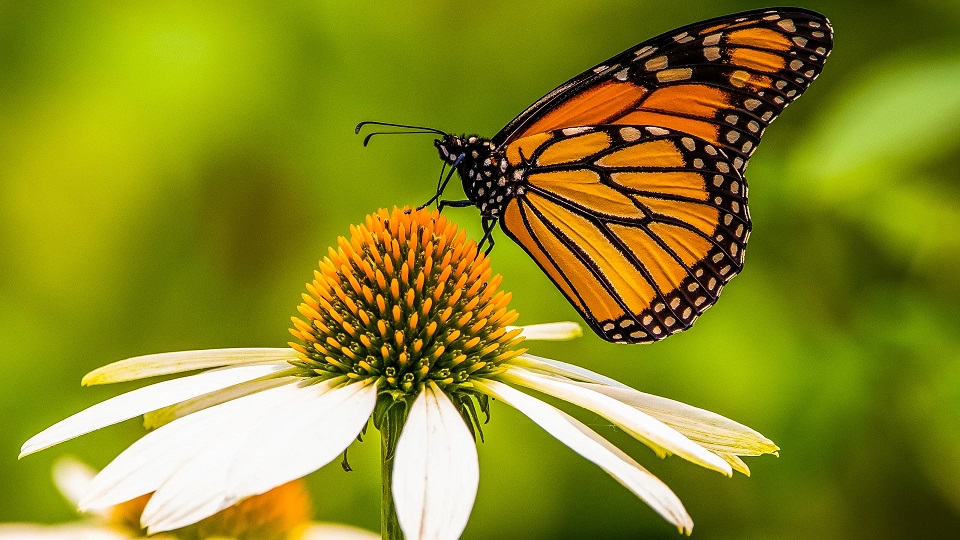The U.S. Fish and Wildlife Service (FWS) announced a proposal on Tuesday to classify the monarch butterfly as a threatened species under the Endangered Species Act. This move comes amid a dramatic population decline of the iconic orange and black butterflies, which now face a heightened risk of extinction.
Significance

Monarch butterflies, famous for their incredible migrations across North America, have suffered severe population losses over decades. These declines are primarily attributed to habitat destruction caused by agriculture, urbanization, widespread pesticide use, and the impacts of climate change. For over ten years, environmental advocates have been calling for federal protections to safeguard these vital pollinators.
Official Statement
“The monarch butterfly, beloved across North America, enchants people of all ages with its extraordinary lifecycle,” said U.S. FWS Director Martha Williams. She emphasized that, despite their delicate nature, monarchs demonstrate resilience when given a chance. “Science underscores the need to provide that chance, and this proposal fosters unprecedented public involvement in conservation efforts.”
Background
Though identified as needing federal protection under the Endangered Species Act in 2020, the monarch butterfly’s listing has been delayed due to prioritization of species facing more urgent threats. The Endangered Species Act, enacted in 1973, has successfully preserved species such as the bald eagle and California condor. Its protections prohibit the harm or killing of species designated as endangered or threatened without special authorization.
Data and Conservation Measures
Since the 1980s, the eastern migratory monarch population has declined by roughly 80%, while the western population has plummeted by over 95%. Without intervention, the western monarch population faces a 99% likelihood of extinction by 2080, according to FWS data. The proposal includes designating 4,395 acres in California as critical habitat to support conservation efforts. Federal agencies would be restricted from actions that damage or modify these designated areas.
Next Steps
The public has until March 12, 2025, to submit comments on the proposal. After reviewing the feedback and additional data, the FWS will decide on the monarch butterfly’s status under the Endangered Species Act.


Leave a Reply